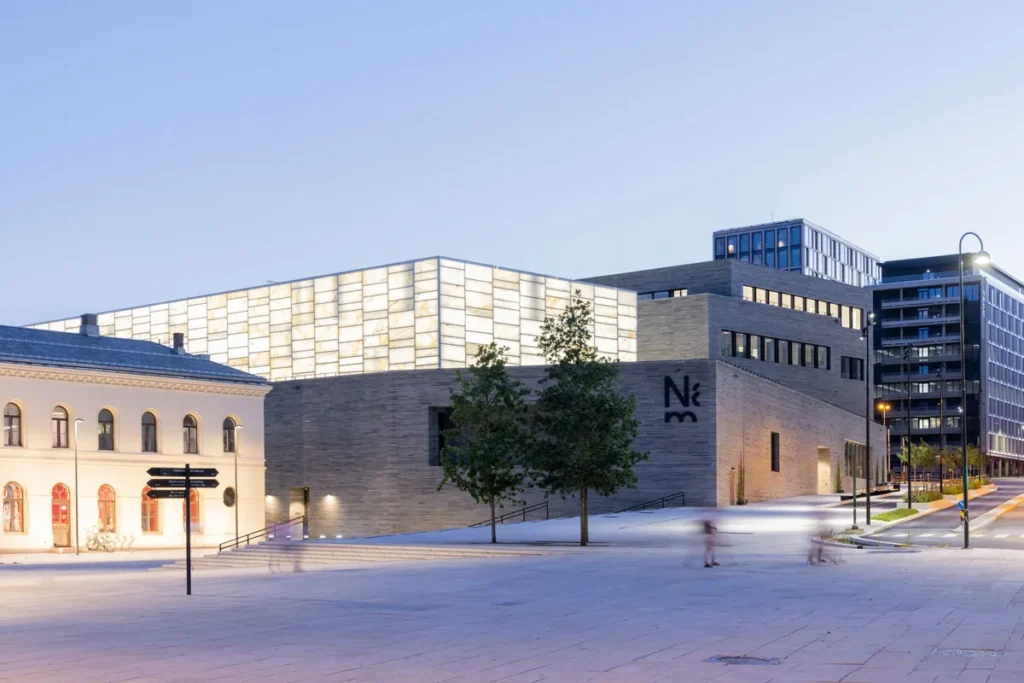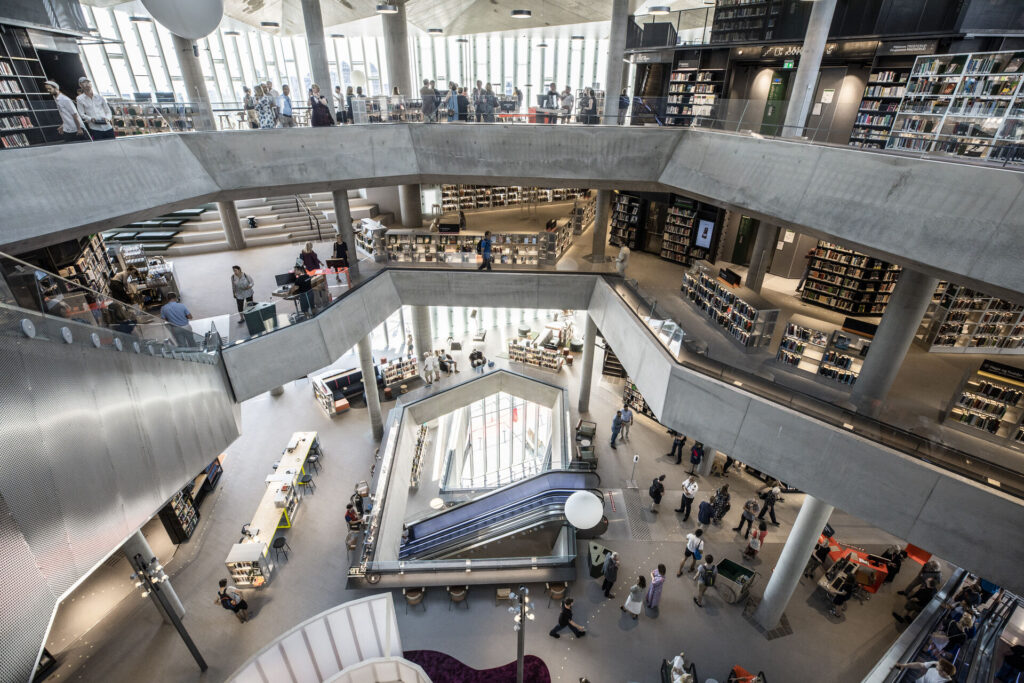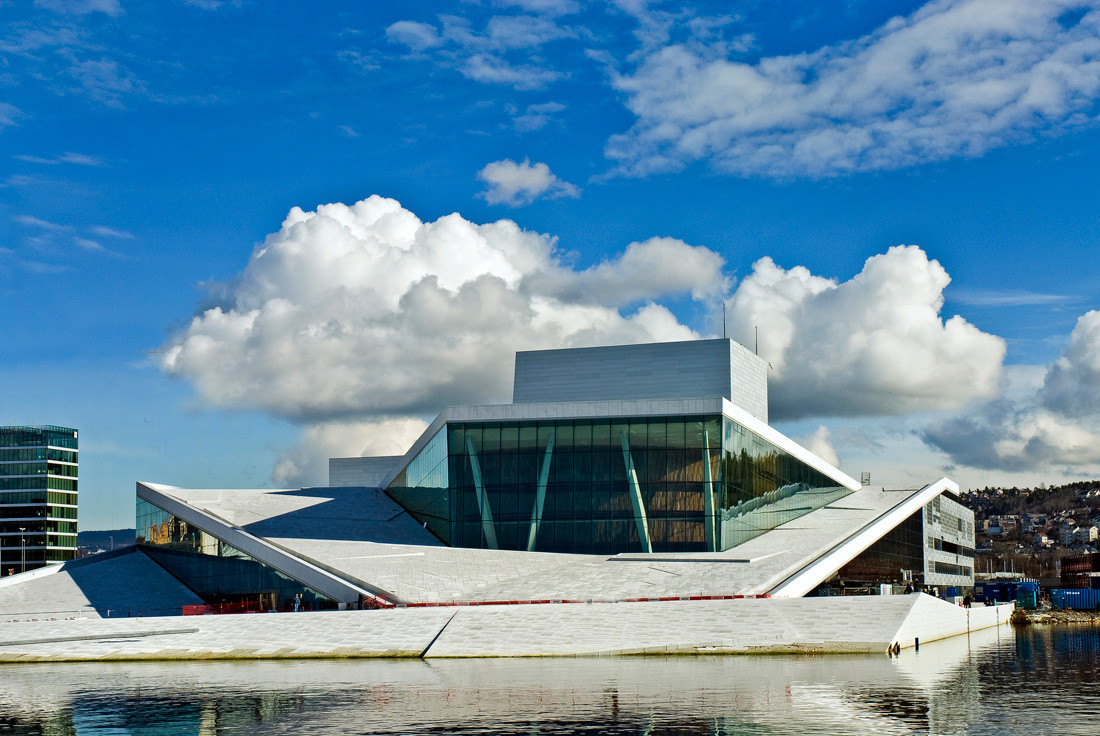By Maria-Nefeli Andredaki,
As mentioned in my previous article, I had the immense fortune of spending a week of my Easter holidays in Oslo, Norway, a fact that essentially makes me an expert and gives me every right to guide you through your next trip. Okay, that was obviously a joke but if you’re planning on visiting Oslo in the future, I am here to talk you through the places I visited that may interest you and make a Scandinavian trip like this one look less intimidating.
To start off, the number one thing you need to plan before going to any foreign place is, in my opinion, museum visits. I will not go too much into detail about the Munch museum, since I covered that last time, but I have to say that it was one of the trip’s highlights. Located at a very central point in the city, the Munch museum houses more than 42,000 artworks, most of which are of or heavily inspired by Norway’s beloved Edvard Munch. Even if you are not too invested in his work, it is a pretty cool experience to see the “Scream” and its multiple variants up close. Another must-visit museum is, of course, the Nasjonalmuseet, which is none other than Oslo’s National Gallery. In this particular museum, you can see anything that has to do with Norwegian (and not only) design, architecture and art. Each room is strategically placed in chronological order, inside a massive building that allows the visitor to witness and engage in the conversation taking place between antiquity and modernity. Honorable mentions that I did not have the time to visit but definitely wanted to are the Nobel Peace Prize museum, as well as the Ibsen museum.

Close to these very central museums are some of Oslo’s most noteworthy cultural places, such as the Opera House and Deichman. The Opera House is a space where as you can guess from its name, a lot of musical and artistic performances take place. While I did not have the chance to attend any of them, I have to say that the building’s mere architecture was impressive enough to attract me and hundreds of other visitors, who just lounged on its various surfaces. The Opera House, designed by the architectural firm Snøhetta, manages to resemble the form of an iceberg that peaks through the water, while simultaneously providing a lovely view of the harbor and Oslo’s fjords. Its sloping sides are easily accessible to everyone and provide an incredible hangout spot for tired travelers and (locals alike), who just want to sit and observe the beauty of their surroundings. In regards to Deichman, it is probably the most impressive, massive public library I have ever seen (not that I’ve visited a ton but you get the point), full of Norwegian university students, readers and children. The library contains spaces to study, a school-supplies shop, a restaurant, a gaming lounge and probably a lot more things that I did not explore because, at some point, I just sat down with a manga collection and read through it for the remaining time I was there.

Lastly, at the top of any Oslo-visitor’s list is the non-negotiable fjord tour. Whether you decide to invest in an actual fjord excursion, which is a bit on the pricier side, or just go on a simple boat tour and enjoy these tiny islands from a distance, like myself, you will not regret it. The scenery and the gloomy, eerie atmosphere of cloudy Oslo, paired with a bit of history and facts about the area, makes for the most memorable part of your trip. Plus, all the photos you will take are incredibly aesthetic, with no filters needed to capture the natural beauty of these small wonders.
I hope this article is helpful and will inspire you to consider Norway as a possible destination in the near future. The locals, the food and the landmarks exceeded my expectations by a lot and made this trip a truly unforgettable experience.
References
- The new Deichman main library. Visit Oslo. Available here
- The house’s architecture. Operaen. Available here
- About. Munchmuseet. Available here




